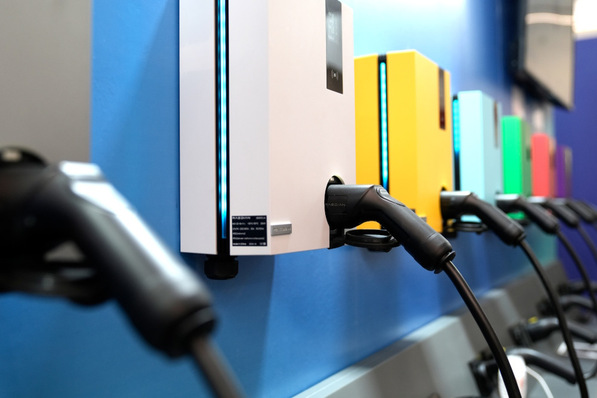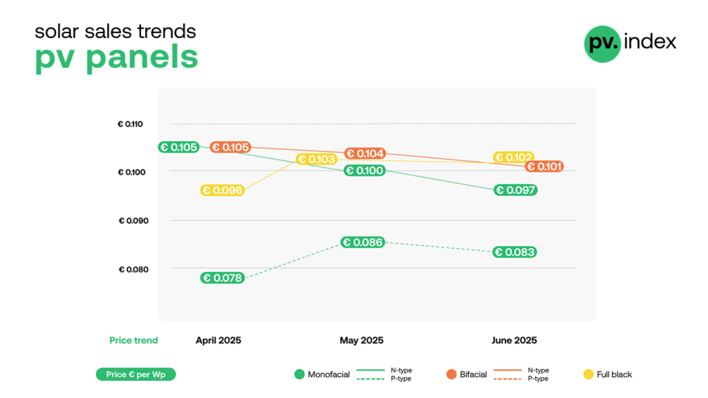Electricity generation is the largest source of CO2 emissions worldwide, as the International Energy Authority outlines in its Electricity 2024 report. This means that the energy and utilities sector is one of the most important players when it comes to driving forward the energy transition and reducing emissions. This is why discussions about renewable energies are currently dominating the industry. Dirk Kaisers, Segment Leader Distributed Energy Management EMEA at Eaton, highlights five trends that will be particularly important in 2024.
1. Modernization of the power grids
Modern, efficient grids are key to the success of the energy transition. In November 2023, the EU Commission presented an action plan to accelerate the expansion of electricity grids and it is likely that this document will shape strategic initiatives in the industry this year. The plan aims to address the main challenges for the expansion, digitalization and better use of the transmission and distribution grids in the European Union. It identifies measures to help unlock the investment needed to bring Europe's electricity grids up to date.
Electricity consumption in the EU is expected to increase by around 60 percent by 2030, and a similar increase is also expected in European countries outside the EU. Nevertheless, around 40 percent of the distribution grids in Europe are more than 40 years old. Modernizing the grids is therefore one of the most important factors in ensuring a reliable energy supply in the future. In addition, distributed energy generation and bidirectional energy flows will play a much more important role in the future, which means that the fundamental approach to electricity grids will have to change. The Everything as a Grid approach, for example, takes this development into account.
2. Solar energy on a large scale
Photovoltaic power generation is considered to be the cheapest form of renewable energy. Utilities will therefore be investing more in large solar parks and power plants (utility-scale solar) in the current year. In order to create this new capacity, thousands of solar modules and inverters need to be installed and many kilometers of cable laid - despite a shortage of skilled workers. This is a daunting task that makes reducing the cost and complexity of large-scale PV systems a priority for the industry if it is to transition away from fossil fuels quickly enough.
Linked to this and grid modernization is the European Union's Solar Energy Strategy, which is part of the REPowerEU initiative to reduce dependence on oil and gas. It is an important driving force in Europe when it comes to solar installations on commercial and residential buildings. The aim is to connect 320 GW of new photovoltaic capacity to the grid by 2025, rising to 600 GW by 2030.
3. SF6-free switchgear
At the end of 2023, the European Council and the European Parliament reached a provisional agreement on banning the use of medium-voltage switchgear containing SF6 as an insulating gas through a phase-out. For the first power classes, a ban on new installations will already apply from 2026. Further EU regulations to phase out SF6 in other categories of switchgear will follow, making this an important focus for the industry.
Did you miss that? Demand Side Flexibility increases grid stability and lowers electricity prices
In the meantime, proven alternatives have long been available, particularly in the medium-voltage category up to and including 24 kV, where the majority of switchgear is used. With less than two years remaining before SF6-free switchgear is mandatory for new installations, preparations to comply with this regulation must begin now.
4. Digitalization and AI
The energy transition needs a digital basis to manage energy flows as efficiently as possible. By working with energy management experts, the energy and utilities sector can find new ways to accelerate the integration and management of renewable energy generation.
Generative AI can support decision-making as it can quickly analyze and make sense of huge amounts of data. The potential is enormous. Predicting where and when energy is needed and how it can be provided quickly and efficiently in a decentralized system - these are areas where generative AI will become important. Throughout 2024, the utilities sector will be giving new consideration to AI - with a watchful eye on cybersecurity issues as well as two areas of EU regulation: the AI Act and the Data Act.
5 Innovation
Continuous innovation is essential in the utilities sector. Those responsible for this industry must cope with accelerated market dynamics, identify new opportunities and adapt to ever-changing regulations. The role that the energy and utilities sector will play in the energy transition depends on the extent to which the industry is able to adapt quickly to new environmental conditions.
Also interesting: More investments necessary to close flexibility gap
This includes, for example, the voluntary commitments made as part of COP28. Some of these are relevant to the industry, but the most important is probably the Global Renewables and Energy Efficiency Pledge - the promise to triple the output of renewable energy generation by 2030. (DK/hcn)









